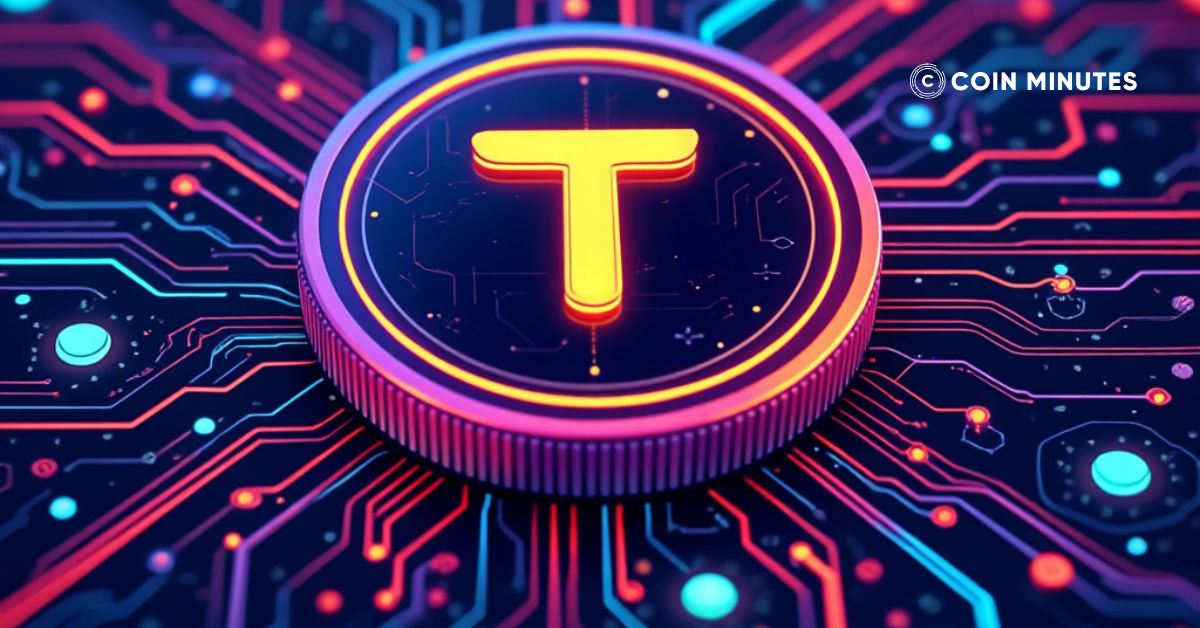Bitcoin is not a perfect currency so there are many solutions born to solve its problems. One of them is the Bitcoin Lightning Network.
So what is the Bitcoin Lightning Network and how has it helped improve Bitcoin? Let’s find out in the article below.
Key Takeaways
|
What Is the Lightning Network?
The Bitcoin Lightning Network is a layer-2 payment solution built on the Bitcoin blockchain. Its primary goal is to increase transaction speed and reduce costs. This layer-2 solution aims to facilitate quick and cost-effective Bitcoin transactions compared to traditional methods.
The Lightning Network operates by creating off-chain payment channels between two users. This allows transactions to happen almost instantly while enhancing privacy. Additionally, it reduces the load on the Bitcoin blockchain, thereby improving the network’s scalability.
History and Development of Bitcoin Lightning Network
The whitepaper for the Bitcoin Lightning Network was released in 2016, with its official launch in 2018. This makes it one of the first layer-2 solutions for Bitcoin in the crypto market.
Back in 2015, as various new blockchains emerged alongside Bitcoin, developers Joseph Poon and Tadge Dryja noticed that Bitcoin, the first and largest network, was lagging in transaction speed and network fees. In response, they began research in February 2015 to address these issues.
Using the Bitcoin whitepaper and related documents as a foundation, Poon and Dryja successfully released the Lightning Network whitepaper in January 2016, titled “The Bitcoin Lightning Network.” This document detailed Bitcoin’s challenges and proposed solutions through an off-chain transaction model.
On December 28, 2017, the first transaction on the Lightning Network was conducted, marking a significant milestone for this pioneering layer-2 protocol.
By August 2018, the Lightning Network had made notable progress integrating several Web3 wallets, including Eclair Wallet, Zap Wallet, and BlueWallet.
In 2021, El Salvador officially adopted the Lightning Network as a payment gateway for Bitcoin, showcasing its potential on a national scale.
Since then, numerous projects have embraced the Bitcoin payment gateway via the Lightning Network, such as Xapo Bank, Lightspark, and ZEBEDEE, gaining significant support from the community.
How Does Bitcoin Lightning Network Work?
The Lightning Network operates on a model inspired by Bitcoin’s peer-to-peer (P2P) mechanism, enabling direct transactions between two parties without third-party intervention. Transactions on the Bitcoin Lightning Network are processed within payment channels.
These payment channels handle transactions without waiting for confirmation from miners or nodes, resulting in faster completion times. This method is known as off-chain transactions, meaning they occur outside the main Bitcoin blockchain. Once transactions in a payment channel are completed, the Lightning Network aggregates data from various channels and submits it to the Bitcoin network for storage in a block.
To open a payment channel, the two parties involved must lock in a certain amount of Bitcoin. They can then conduct one or multiple transactions freely. Finally, when the transactions are complete, the channel is closed, and both parties retrieve their locked Bitcoin. Transaction fees on the Bitcoin Lightning Network are relatively low, typically around $0.001 per transaction.
Learn to use the lightning network: coinminutes.com/learn/how-to-use-bitcoin-lightning-network
The Lightning Network model allows the Bitcoin network to handle small transactions without significant delays efficiently. Without the Lightning Network, small transactions could clog the Bitcoin network, slowing down larger transactions, especially with the rise of BRC-20 tokens and Ordinals.
Additionally, the Bitcoin Lightning Network uses smart contracts within payment channels to ensure fairness for both parties and minimize the risk of fraud. This approach enhances the security and efficiency of Bitcoin transactions, making it a powerful tool for the future of digital payments.
What Is the Difference between BTC and BTC Lightning?

Read the more detailed article here: coinminutes.com/learn/bitcoin-network-vs-lightning-network
What Are the Advantages of Bitcoin Lightning Network?
- Solving the Scalability Issue: The Bitcoin blockchain has a limited capacity for processing transactions, leading to network congestion when demand is high. The Lightning Network offers an optimal solution, significantly increasing the number of transactions that can be processed simultaneously. This ensures that Bitcoin can meet growing usage demands without becoming overloaded.
- Increasing Transaction Speed: Transactions on the Bitcoin blockchain often take a long time to confirm, especially during periods of network congestion. The Lightning Network enables nearly instant transactions, typically within seconds. This greatly improves the user experience, promoting the use of Bitcoin for everyday payments.
- Reducing Transaction Costs: The Lightning Network significantly lowers transaction fees compared to the Bitcoin blockchain by processing transactions off-chain. This helps address the high transaction fees on Bitcoin, making it more suitable for small transactions and boosting its potential for widespread adoption.
- Enhancing Bitcoin’s Practicality: By addressing issues related to scalability, transaction speed, and costs, the Lightning Network makes the Bitcoin blockchain more practical for everyday use. This increases its potential for broad application across various fields, enhancing Bitcoin’s overall utility and adoption.
What Are the Disadvantages of Lightning Network Bitcoin?
Despite the numerous benefits the Lightning Network brings to the Bitcoin network, the project still faces risks that can impact user assets. The Bitcoin Lightning Network is susceptible to various types of “exclusive” attacks, including:
- Griefing Attack: This involves an attacker creating a series of transactions simultaneously on a payment channel, causing congestion and trapping users’ assets for an extended period.
- Flood & Loot: Attackers use tactics to make numerous users on the Lightning Network simultaneously claim assets. With an overwhelming number of claims, the Lightning Network becomes congested, allowing attackers to exploit vulnerabilities and steal assets during the claiming process.
- Pinning Attack: Attackers close channels at the precise moment a transaction is being conducted to ensure the transaction goes through while their assets remain intact. For example, if A is the victim and B is the attacker, B closes the transaction immediately after transferring 1 Inscription BTC to A.
- Time-Dilation Attack: This attack disrupts the Lightning Network by creating a multitude of channels to cause network congestion. Subsequently, in any given channel, the attacker can engage in fraudulent behavior and close the channel without being detected by Lightning Network nodes.
Furthermore, the Bitcoin Lightning Network has a relatively small ecosystem, with a handful of dApps. Additionally, the liquidity of the Lightning Network is limited; according to LookintoBitcoin data, the circulating BTC on the Lightning Network amounts to just 5,000 BTC as of February 2024.
The Bottom Line
Above is all the information about the Bitcoin Lightning Network project. CoinMinutes hopes that readers will grasp the basic information about the project to make investment decisions for themselves.








